Hydroshield Flooring Reviews: The Unvarnished Truth Before You Buy
Choosing the right flooring feels like navigating a minefield of promises. You’re looking for something that is durable, stylish, and can handle the chaos of daily life without breaking the bank. Hydroshield laminate flooring, sold exclusively at Floor & Decor, has likely appeared on your radar with its claims of water resistance and hardwood beauty. But the lingering question for many homeowners is whether it truly lives up to the hype or if it’s just another product with clever marketing.
The core problem is a lack of clear, consolidated information. While the manufacturer touts its benefits, real-world user experiences are scattered across forums and comment sections, making it difficult to get a straight answer. You need to understand not just the advertised features but also the potential pitfalls, installation quirks, and long-term durability concerns that only actual homeowners can reveal. This article cuts through the noise to provide a comprehensive, honest review of Hydroshield flooring to help you make a confident and informed decision.
You'll Learn About
What Exactly Is Hydroshield Flooring?
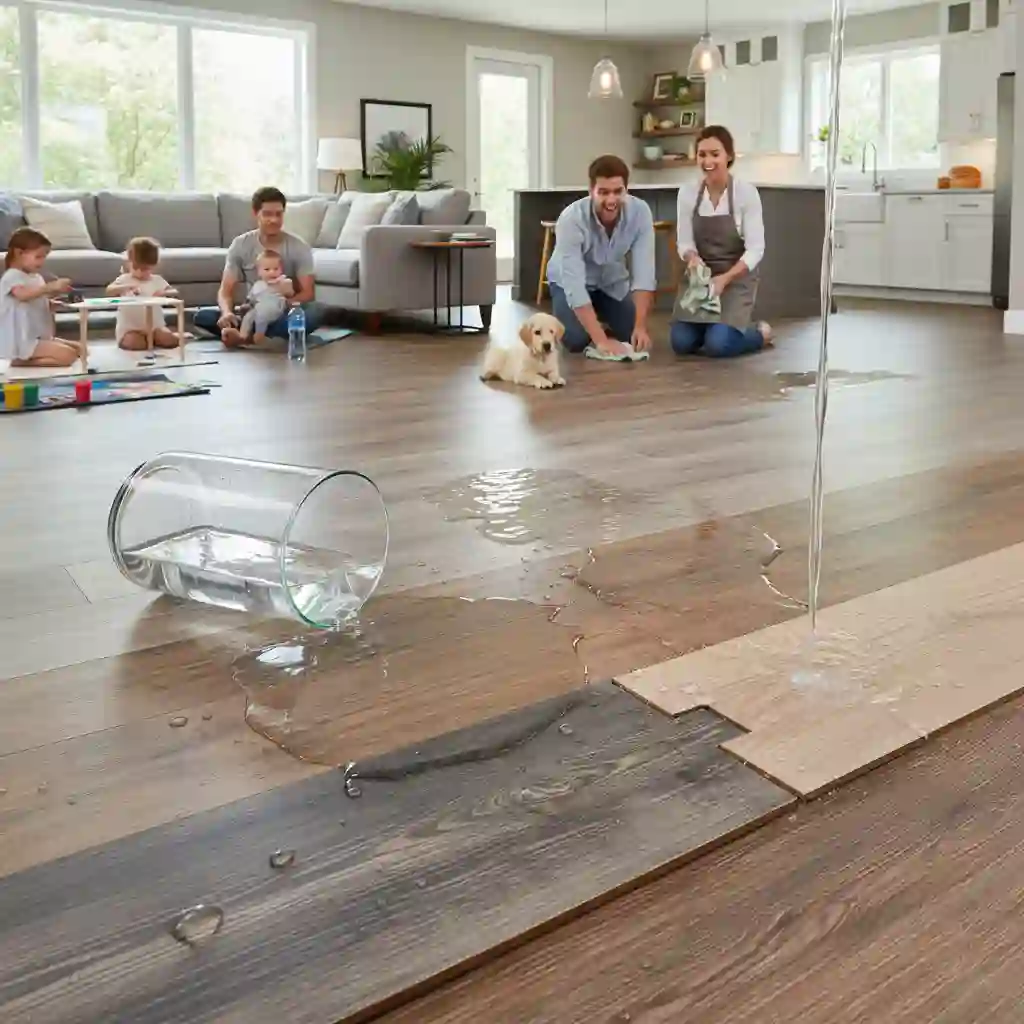
Hydroshield is a brand of wood-based laminate flooring known for its water-resistant properties and realistic wood aesthetics. It is structured in layers, including a protective wear layer, a design layer with a high-definition wood look, a dense wood-based core, and a stabilizing back layer. The key selling point is its ability to withstand contact with water for a specified period, typically up to 24 hours, making it a candidate for installation in moisture-prone areas like kitchens and bathrooms.
This flooring is designed to be a budget-friendly alternative to real hardwood, offering similar visual appeal with added durability. It features an AC4 rating, which signifies it’s suitable for heavy residential use and even moderate commercial traffic. With plank thickness options ranging from 8mm to 12mm, it provides a stable and substantial feel underfoot. Furthermore, Hydroshield is promoted as a DIY-friendly product with a click-lock installation system that doesn’t require glue or nails.
The Difference: Water-Resistant vs. Waterproof
It is crucial to understand the distinction between “water-resistant” and “waterproof.” Hydroshield is water-resistant, meaning it can repel water for a limited time. If spills are cleaned up promptly, the floor should be fine. However, it is not fully waterproof; prolonged exposure to moisture or water seeping into the seams and getting underneath can still cause damage like swelling or bubbling, a point some users have frustratingly discovered.
In contrast, materials like luxury vinyl plank (LVP) are often truly waterproof from top to bottom. While Hydroshield offers significant protection against everyday spills, it’s not designed to handle flooding or constant wetness in the same way as a fully synthetic product. This distinction is one of the most important factors to consider based on where you plan to install the flooring.
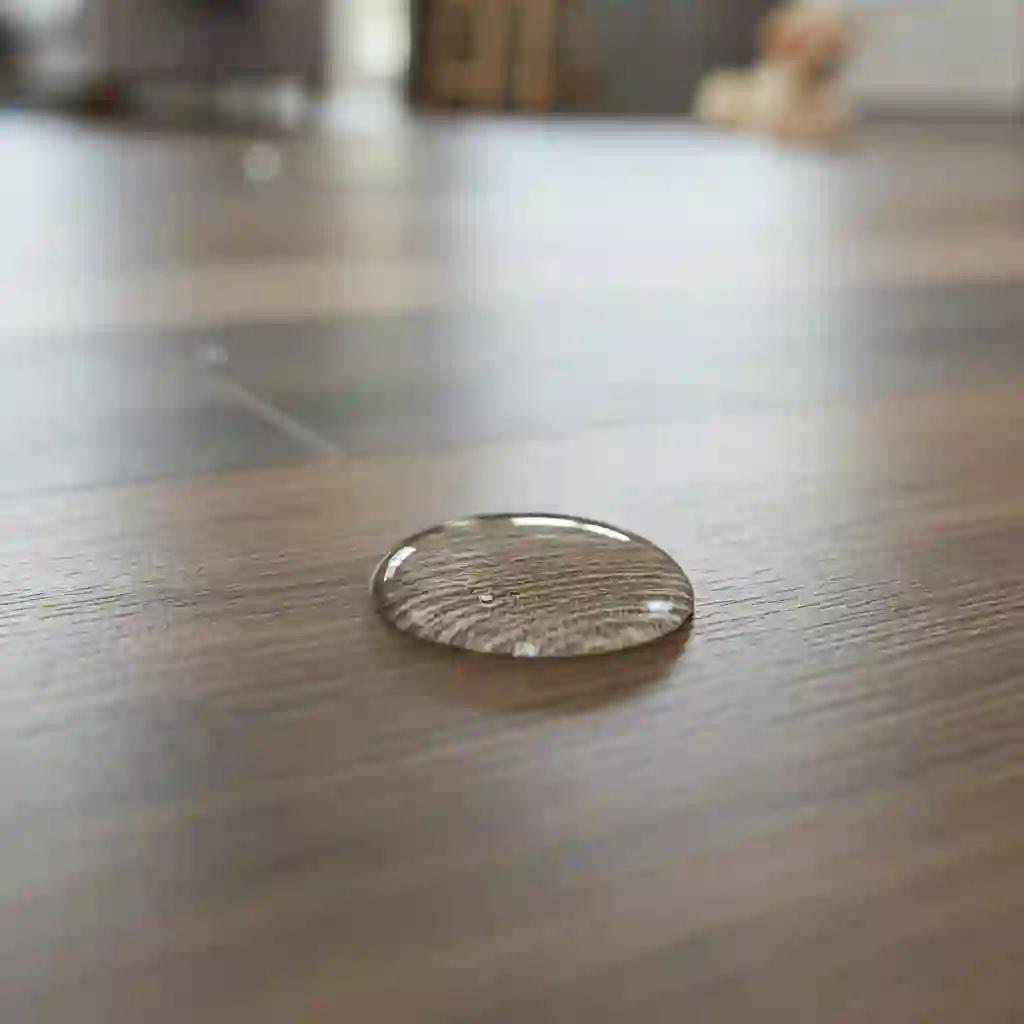
The Unvarnished Truth: Pros and Cons of Hydroshield
Every flooring product comes with its own set of strengths and weaknesses. Evaluating these honestly, based on both manufacturer claims and real user feedback, is the key to avoiding buyer’s remorse. Here’s a balanced look at what you can expect from Hydroshield laminate.
The Good: Where Hydroshield Shines
Hydroshield offers several compelling advantages, especially for its price point. Its affordability is a major draw, with prices often ranging from $1.59 to $2.49 per square foot, making it one of the most cost-effective laminate options available. This allows homeowners to achieve a high-end look without the corresponding budget.
The durability specifications are also impressive. With an AC4 rating and options for up to 12mm thickness, it’s built to withstand the rigors of a busy household. This makes it a practical choice for homes with pets, children, and high foot traffic. The brand also backs its product with a lifetime residential warranty and a generous 10-year commercial warranty, signaling confidence in its longevity.
The Bad: Potential Drawbacks and User Complaints
Despite its strengths, Hydroshield is not without its flaws, and user reviews highlight some recurring issues. A significant number of users have reported that the flooring scratches more easily than expected. While it is marketed as scratch-resistant, some homeowners found that everyday activities, like sliding chairs or pets playing, left noticeable marks. This suggests the top wear layer may not be as robust as some premium, more expensive competitors.
Another common pain point revolves around installation. Several DIY installers and even some professionals have described the click-lock system as difficult to work with. Reports mention that planks don’t snap together easily and that forcing them can damage the tongue and groove, leading to a compromised installation. Some users also noted issues with bubbling at the seams when liquid sits for too long, questioning the effectiveness of its 24-hour water resistance claim.
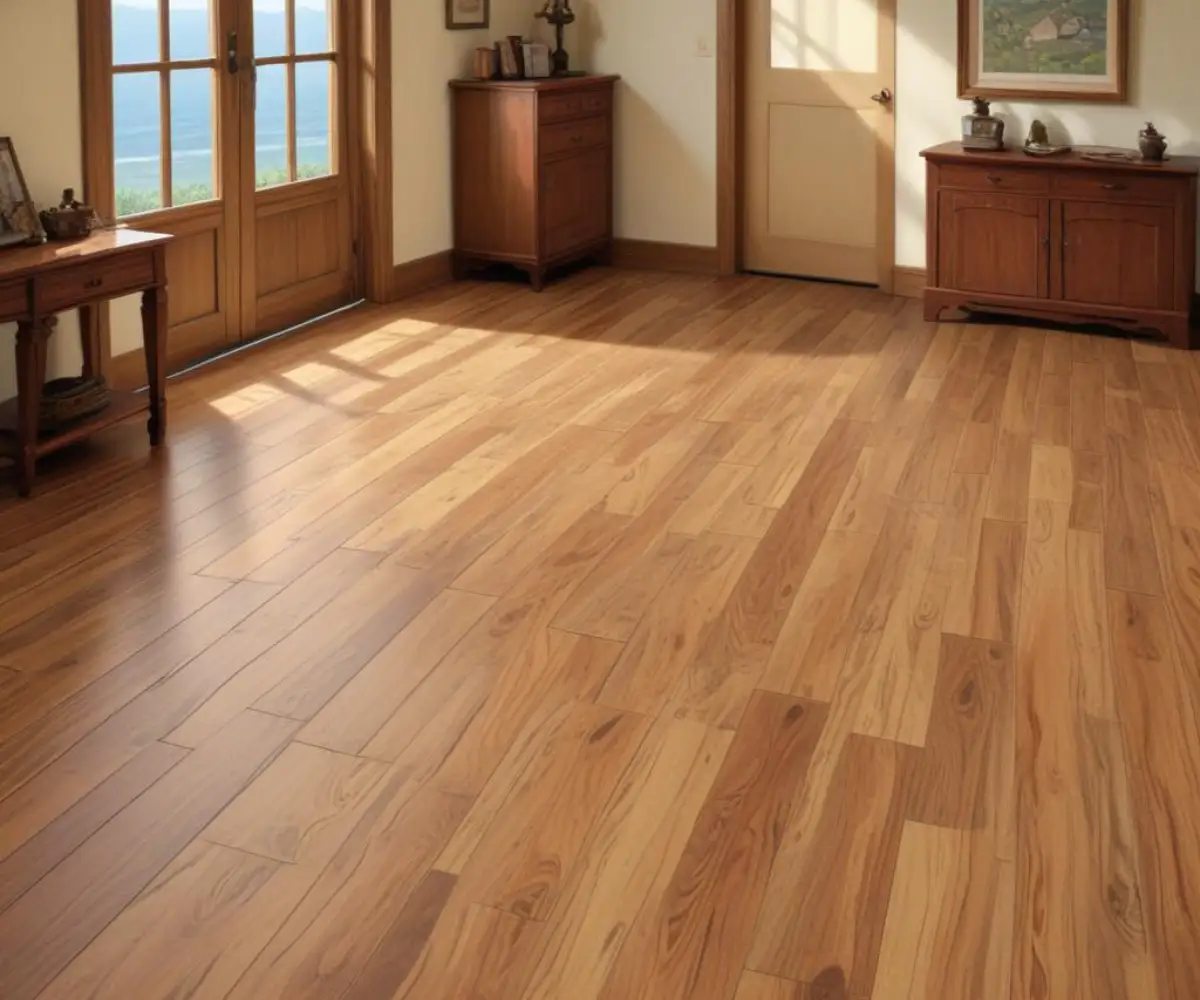
Hydroshield vs. The Competition: A Head-to-Head Comparison
When choosing a flooring material, it’s essential to see how it stacks up against other popular brands in the market. Hydroshield competes in a crowded space alongside well-known names like Pergo, Lifeproof, and AquaGuard. Understanding the key differences can help clarify which product offers the best value for your specific needs.
Hydroshield’s primary advantage is its price. It consistently comes in at a lower price per square foot than premium brands like Mohawk or Pergo. However, this affordability can come at a trade-off in performance. For instance, brands like AquaGuard often boast a higher AC5 durability rating and longer water-resistance times, sometimes up to 30 hours, providing an extra layer of protection.
| Feature | Hydroshield | Pergo Outlast+ | Lifeproof (LVP) | AquaGuard Performance |
|---|---|---|---|---|
| Water Protection | Water-Resistant (Up to 24 hrs) | Waterproof (Lifetime Warranty) | 100% Waterproof | Water-Resistant (Up to 30 hrs) |
| Core Material | Wood-Based HDF | Wood-Based HDF | Vinyl (PVC) | Wood-Based HDF |
| Durability Rating | AC4 | AC4 | N/A (Wear Layer Thickness) | AC5 |
| Avg. Price / Sq. Ft. | $1.59 – $2.49 | $2.50 – $3.50 | $2.50 – $4.00 | $2.50 – $4.00 |
| Key Advantage | Excellent Value | Scratch Resistance | Completely Waterproof | Highest Durability |
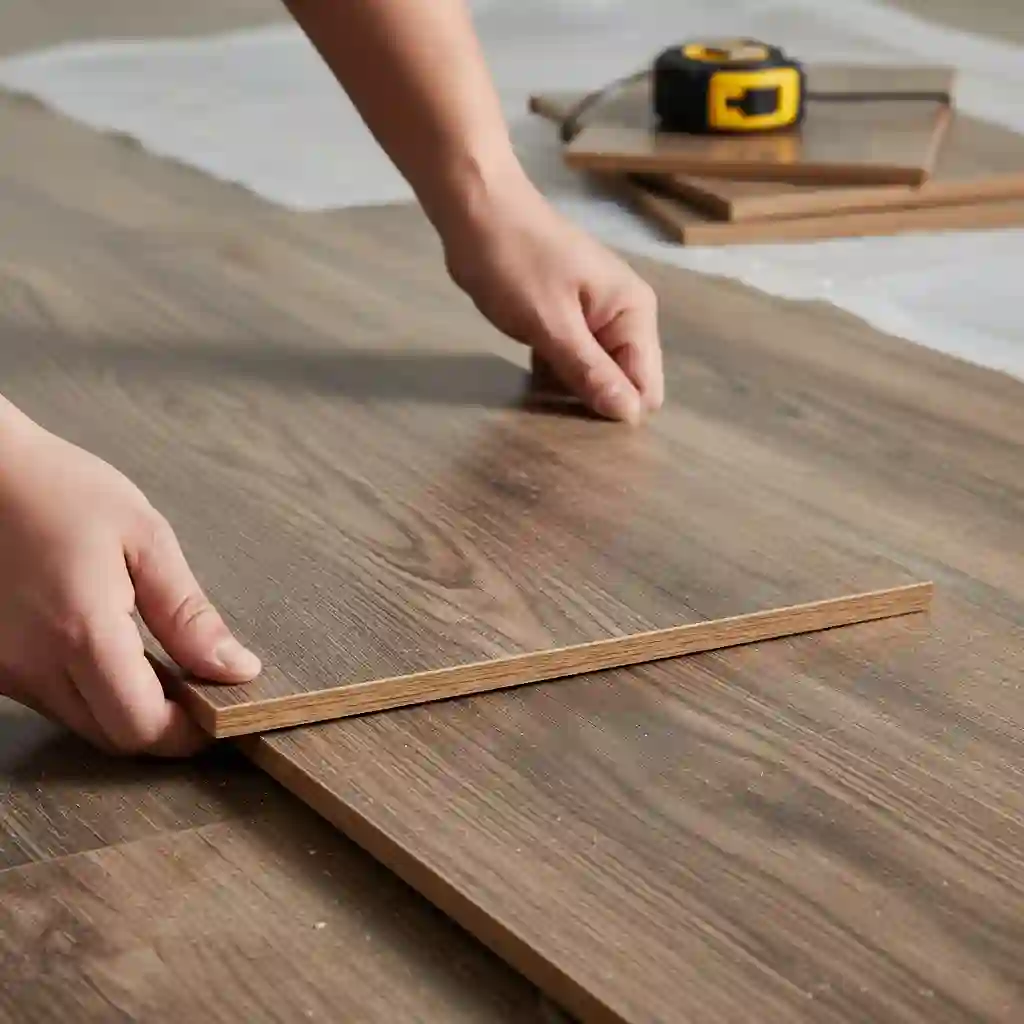
Installation Deep Dive: DIY vs. Professional
Hydroshield is marketed as a DIY-friendly product, but homeowner experiences suggest a more nuanced reality. The click-lock system, while theoretically simple, has been a source of frustration for some. A successful installation hinges on a perfectly clean, dry, and level subfloor. Any imperfections can cause the planks to move and the locking mechanisms to fail over time.
Before you begin, it’s mandatory to let the flooring acclimate in the room for at least 48 hours. This allows the planks to adjust to the home’s temperature and humidity, preventing future expansion or contraction issues. For homeowners tackling complex layouts or dealing with tricky cuts around doorways, professional installation might be the wiser investment. Issues with a storm door closer ripped out can complicate flooring installation near an entryway, making a professional’s expertise invaluable.
Common Installation Pitfalls to Avoid
One of the most frequent mistakes is failing to leave an adequate expansion gap (typically 3/8 inch) around the perimeter of the room. This gap is essential for the floor to “float” and respond to environmental changes. Without it, the planks can buckle and peak. Another critical step is ensuring end-joints are staggered by at least 12 inches between rows for maximum stability.
Some users have reported breaking the tongue or groove by tapping too hard during installation. It’s crucial to use a tapping block and a rubber mallet gently to lock the joints. For those unfamiliar with flooring projects, what seems like a simple task can quickly become complex. Sometimes, what appears to be a flooring issue is part of a larger home system problem, like trying to understand why is one shower hotter than the other, reminding us that home maintenance often involves interconnected systems.
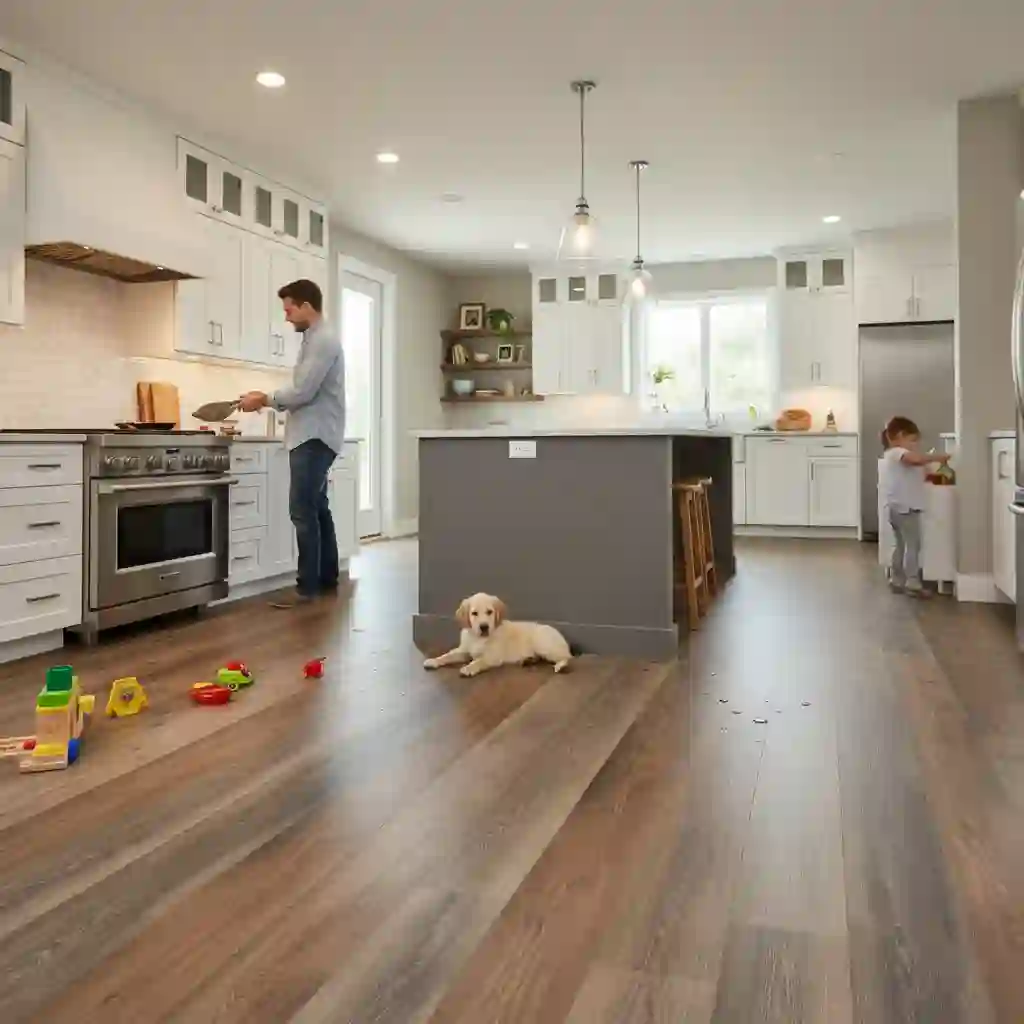
Real Homeowner Reviews: What Are People Actually Saying?
Beyond the marketing materials, the most valuable insights come from homeowners who live with the flooring every day. A deep dive into online forums and discussion threads reveals a mixed but informative picture. Many users are initially thrilled with the appearance and price of Hydroshield, praising its authentic wood look and the immediate upgrade it provides to their space.
However, durability is a common point of contention. Some users report “puckering on seams and chips” after only a few years of use, especially in high-traffic areas like kitchens. Others mention that the floor scratches easily from things as simple as moving furniture or pet claws. Conversely, some homeowners with less intense use report that the flooring has held up beautifully. The takeaway is that its longevity seems highly dependent on lifestyle and maintenance.
The Final Verdict: Is Hydroshield Worth Your Money?
After a thorough review, Hydroshield laminate flooring emerges as a strong contender in the budget-friendly category. Its attractive price point, stylish appearance, and solid durability specs (AC4 rating, 12mm thickness) make it an excellent value proposition for many homeowners. It is particularly well-suited for bedrooms, living rooms, and other areas with moderate traffic and a lower risk of constant moisture.
However, it may not be the best choice for those who prioritize maximum durability and truly waterproof performance. If you have multiple large pets, a very active household, or need flooring for a high-moisture basement or bathroom, investing in a higher-end LVP or a laminate with a superior waterproof system and scratch resistance, like Mohawk RevWood or Pergo TimberCraft, might be a better long-term investment. Ultimately, Hydroshield is a solid product for the right application, but it’s essential to set realistic expectations regarding its limitations.
Final Recommendations
If your primary goals are aesthetics and affordability for a residential space with normal wear and tear, Hydroshield is certainly worth considering. Be prepared for a potentially challenging installation if you go the DIY route, and consider professional help for a flawless finish. When undertaking such projects, remember that even seemingly unrelated tasks like figuring out how to move doorbell wiring are part of the broader scope of home improvement that requires careful planning.
For those who need a floor that can withstand significant abuse and offers foolproof water protection, it would be wise to explore premium laminate or luxury vinyl options. These products may cost more upfront, but their superior performance and longevity can provide greater peace of mind and better value over the life of the floor.
